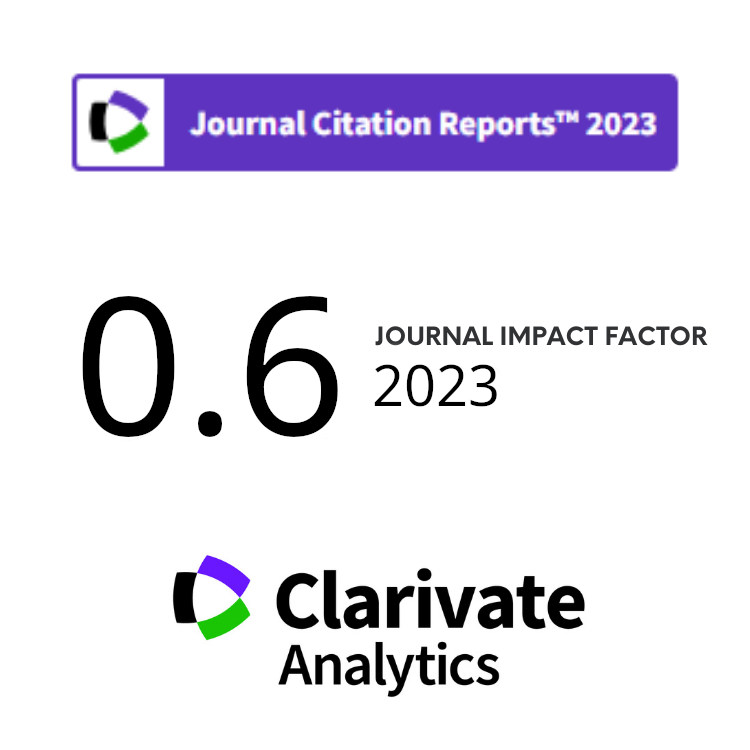Development of a Vietnamese PET/CT Dataset for Machine Learning-Based Analysis of Non-Small Cell Lung Cancer Images
Abstract
Keywords
Full Text:
PDFReferences
M. Schwyzer, D. A. Ferraro, U. J. Muehlematter et al., Lung Cancer 126 (2018) 170.
I. Domingues, G. Pereira, P. Martins et al., Artif. Intell. Rev. 53 (2020) 4093.
B. Foster, U. Bagci, A. Mansoor et al., Comput. Biol. Med. 50 (2014) 76.
Y. Guo, Y. Feng, J. Sun et al., Comput. Math. Methods Med. 2014 (2014) 1.
H. Wang, Z. Zhou, Y. Li et al., EJNMMI Res. 7 (2017) 1.
X. Zhao, L. Li, W. Lu et al., Phys. Med. Biol. 64 (2018) 015011.
M. Carles, D. Kuhn, T. Fechter et al., Eur. Radiol. 34 (2024) 6701.
P. Blanc-Durand, S. Jégou, S. Kanoun et al., Eur. J. Nucl. Med. Mol. Imaging 48 (2020) 1362.
F. Song, X. Song, Y. Feng et al., Med. Phys. 50 (2023) 4351.
F. W. Prior, K. Clark, P. Commean et al., TCIA: An Information Resource to Enable Open Science, 2013 35th Annual International Conference of the IEEE Engineering in Medicine and Biology Society (EMBC) (2013) 1282.
A. P. Reeves and W. J. Kostis, Radiol. Clin. 38 (2000) 497.
M. Firmino, A. H. Morais, R. M. Mendoça et al., Biomed. Eng. Online 13 (2014) 1.
R. Boellaard, J. Nucl. Med. 50 (2009) 11S.
S. P. Primakov, A. Ibrahim, J. E. V. Timmeren et al., Nat. Commun. 13 (2022) 3423.
A. Fedorov, R. Beichel, J. Kalpathy-Cramer et al., Magn. Reson. Imaging 30 (2012) 1323.
R. L. Wahl, H. Jacene, Y. Kasamon et al., J. Nucl. Med. 50 (2009) 122S.
Q. Song, J. Bai, D. Han et al., IEEE Trans. Med. Imaging 32 (2013) 1685.
T. Pandiangan, I. Bali and A. R. J. Silalahi, Atom Indones. 45 (2019) 9. (in Indonesian)
DOI: https://doi.org/10.55981/aij.2025.1645
Copyright (c) 2025 Atom Indonesia

This work is licensed under a Creative Commons Attribution-NonCommercial-ShareAlike 4.0 International License.











